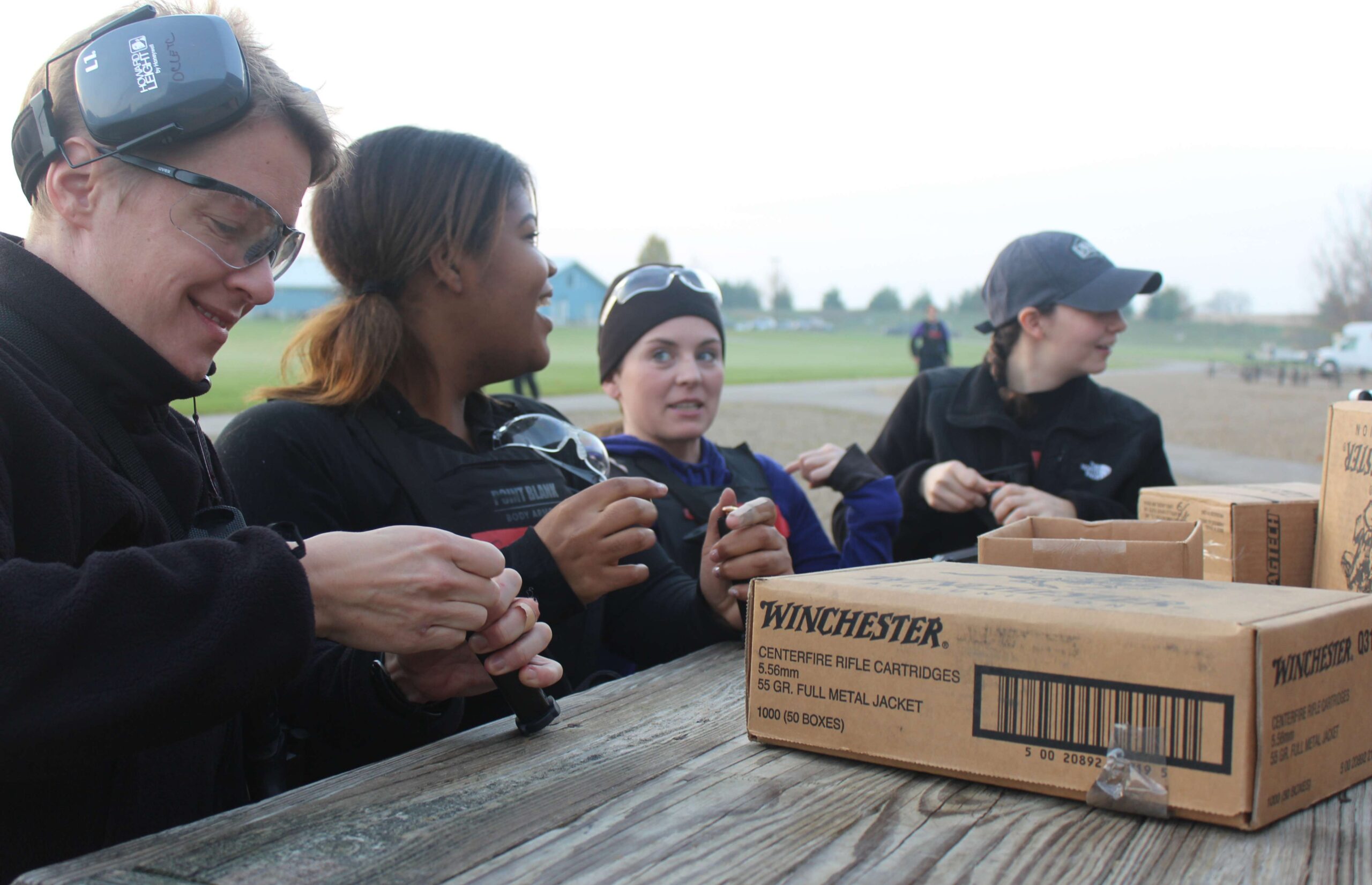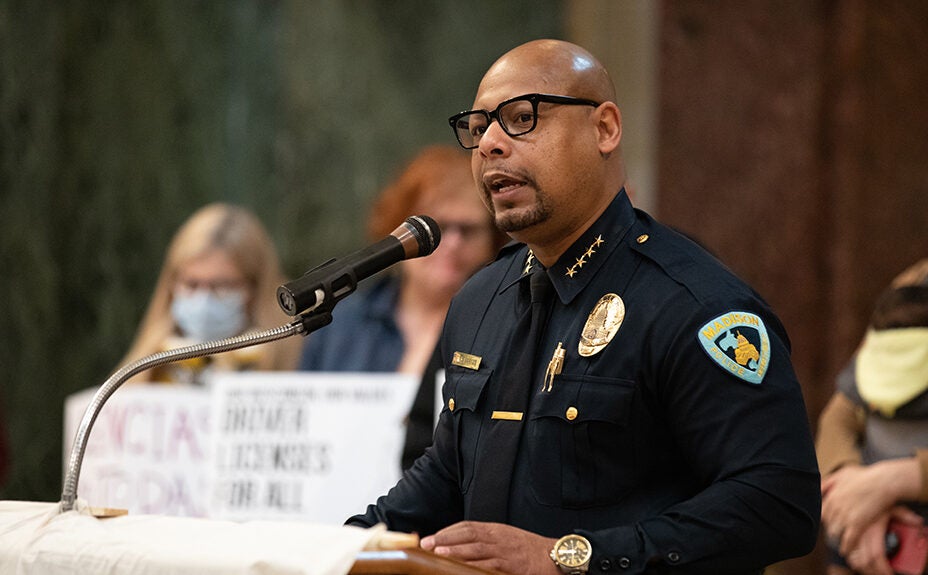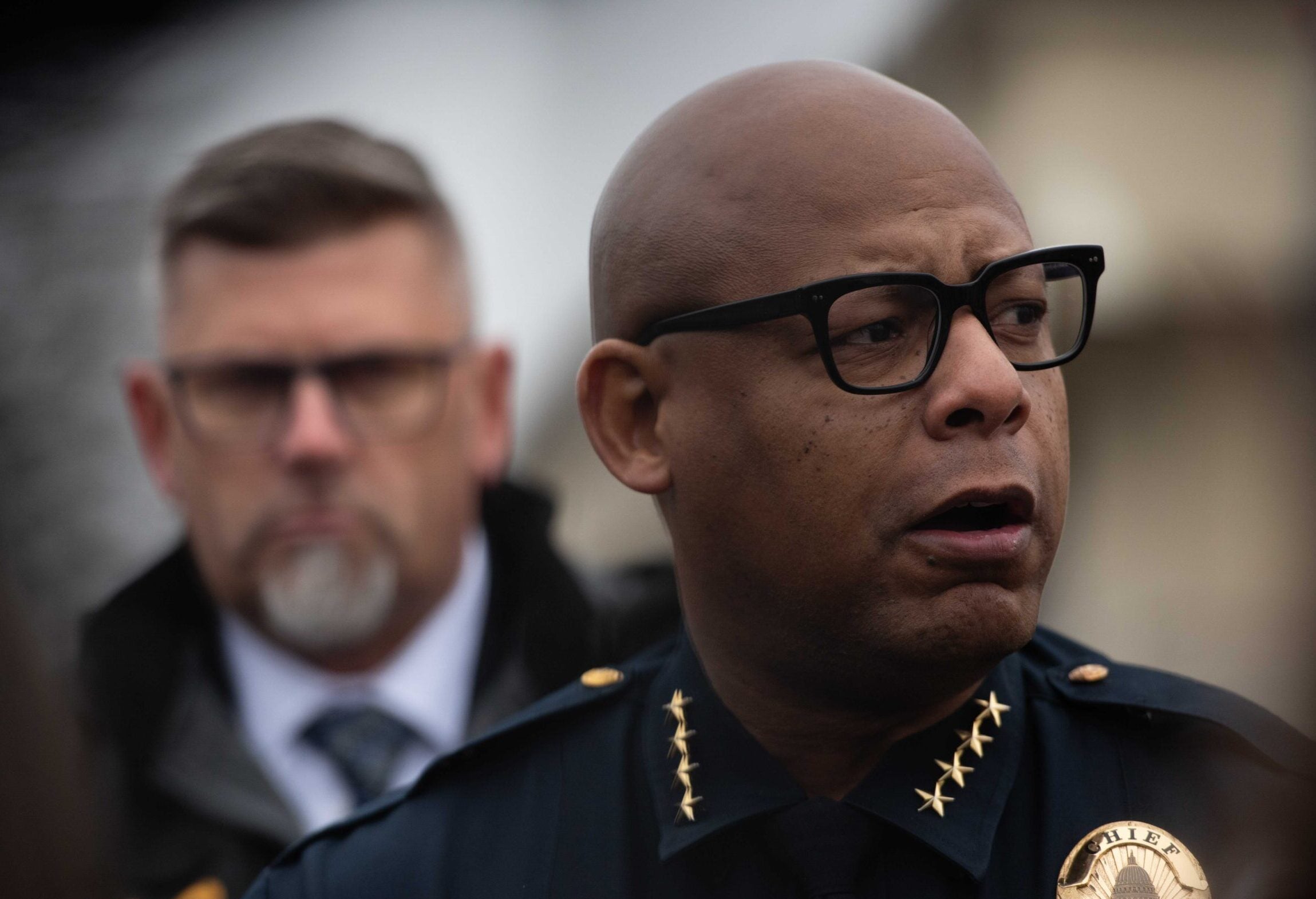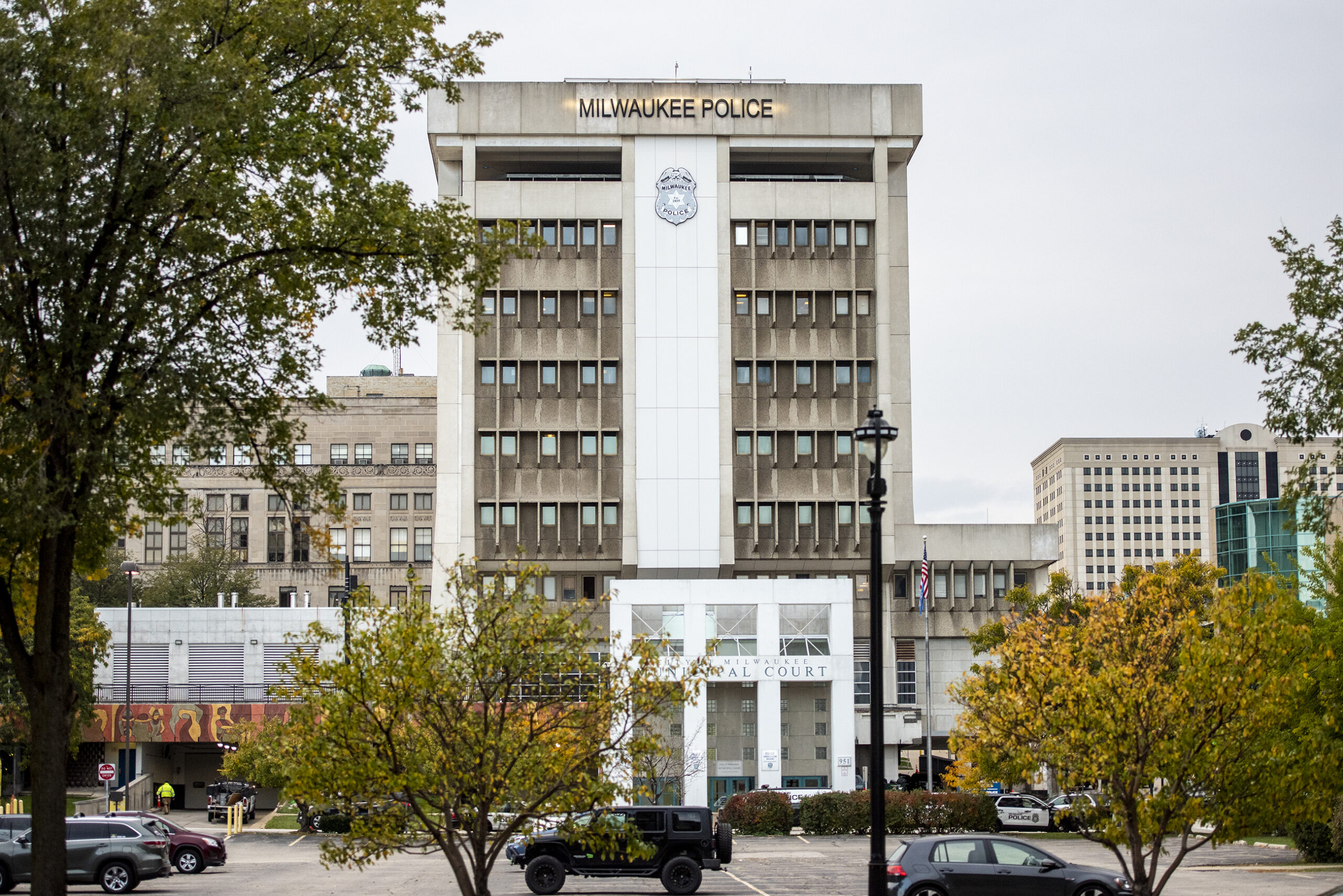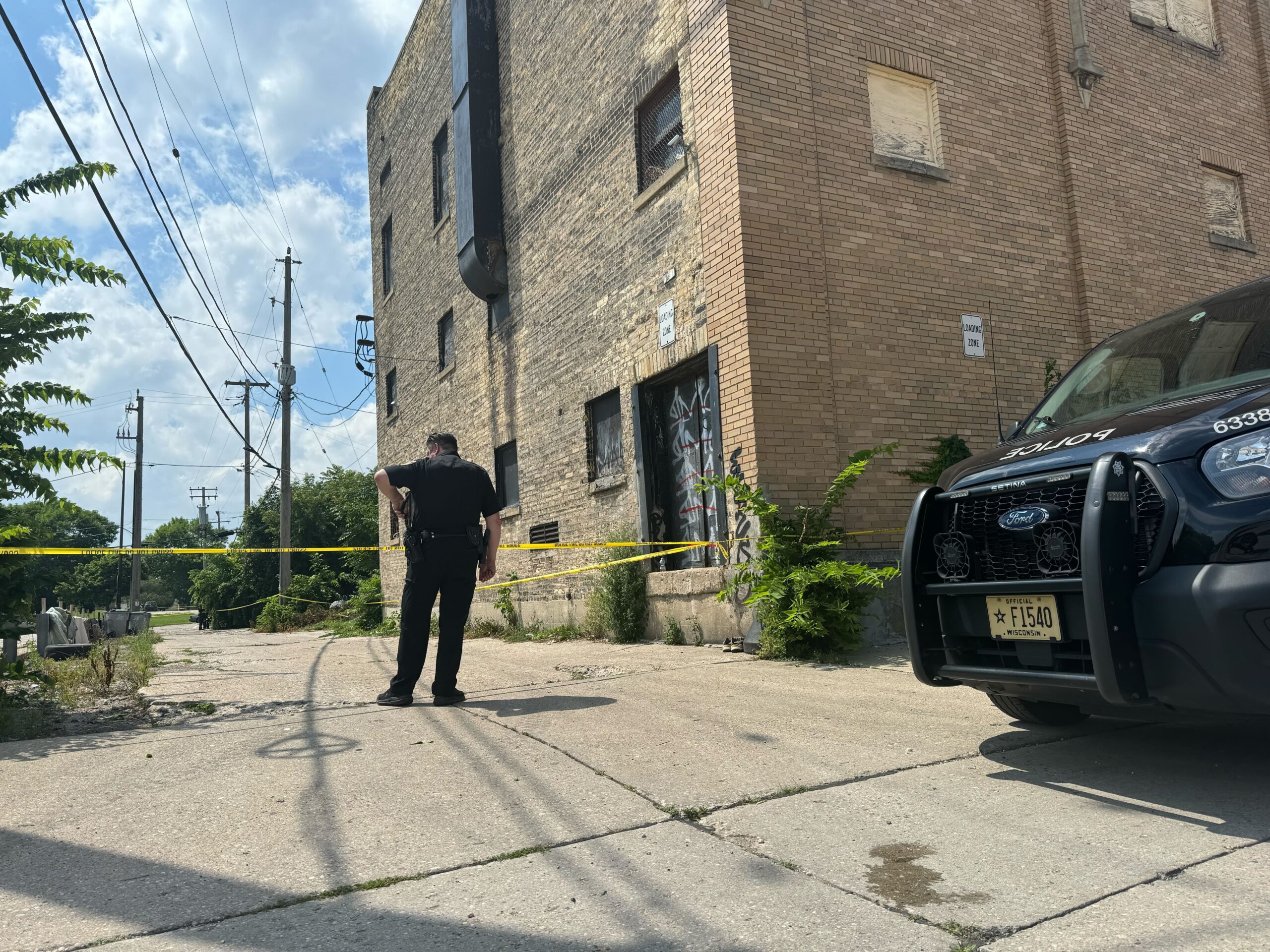Law enforcement remains a male-dominated profession. In 2013, the FBI said women made up about 11 percent of officers in the United States.
But there are exceptions. The Madison Police Department’s commissioned personnel are 30 percent female, and it’s been that way for nearly two decades.
Research hasn’t drawn any clear conclusions on whether men and women police differently, but a recent report in Politico called “Federal law enforcement has a woman problem,” found clear differences between Madison police and others with fewer women on the force.
Stay informed on the latest news
Sign up for WPR’s email newsletter.
“Talking to police in Madison is different from everywhere else we visited,” said the author, Amanda Ripley, who’s also a senior fellow at the Emerson Collective. “They talk about the need to connect with suspects and victims and witnesses, the need to make eye contact, the need to form a rapport so you can get information so you can help the person by giving them resources or suggestions.”
Diversity, Ripley said, is key to that approach.
“I think most people forget that the primary currency in policing is actually trust,” she said. “Having different kinds of people on the scene increases the odds that you will be able to have that connection, and that’s how they explained it to us, that it makes their jobs easier.”
The report found Madison uses unusual strategies to attract recruits to the police department. Some of its members have criminal justice degrees, but others have backgrounds in law, academia and social services.
“Chief (Mike) Koval says that we’re unashamed in advertising ourselves as social workers in blue,” Ripley said. “That’s something that will turn off, potentially, a lot of candidates who are looking for a more gung ho, stereotypical job in law enforcement. And I think that’s the idea. But in theory, if you frame something differently, as a way to help your community, to deal with domestic violence, to preempt crimes before they happen, you’re likely to get more women and different kinds of men.”
Among Madison’s recruiting techniques: “It works really well to reach out to Midwestern college female athletic teams. They send out letters to all the coaches of the female teams in the area. They even got a couple coaches applying for the positions!” Ripley exclaimed.
“Duality”
Still, many female officers — even ones who feel supported by the police force — may not find the same support for diversity in the communities they police. Madison Officer Natalie Diebel never forgets that she’s a woman in a field typically associated with men. In a video accompanying Ripley’s report, this notion is brought home as Diebel is seen arresting an individual while they shout gender-specific profanities at her.
“There’s this duality,” Ripley said of the issue. “The value of having different kinds of people in policing isn’t just what they themselves bring to the table. It’s also in how they’re perceived. The optics matter a lot for police. Seeing a female officer can kind of disrupt people’s preexisting narratives about cops, which can be for the good. It can make them do a double-take, open the door just a crack to a real conversation. But it also works the other way.”
And, Ripley said, having a higher percentage of female officers doesn’t make a department immune to broader issues in policing.
Earlier this year the department settled a federal civil rights lawsuit with the family of Tony Robinson, an unarmed black teenager fatally shot by a city police officer in 2015. The department said it would focus on diversity training after Robinson’s death.
“Police departments all over the country, including Madison, are dealing with a loss of trust in the community and accusations of excessive force,” Ripley said. “This is something the chief brought up to us. I think he was intentionally trying to point out that they’re a long way from done.”
Wisconsin Public Radio, © Copyright 2025, Board of Regents of the University of Wisconsin System and Wisconsin Educational Communications Board.
